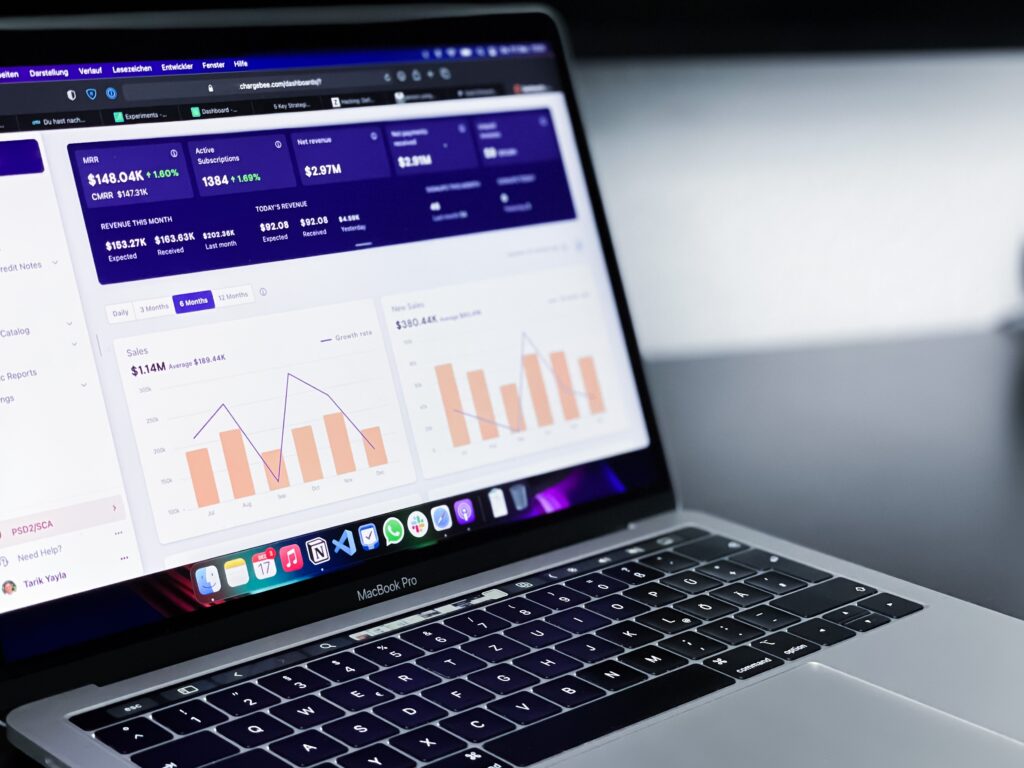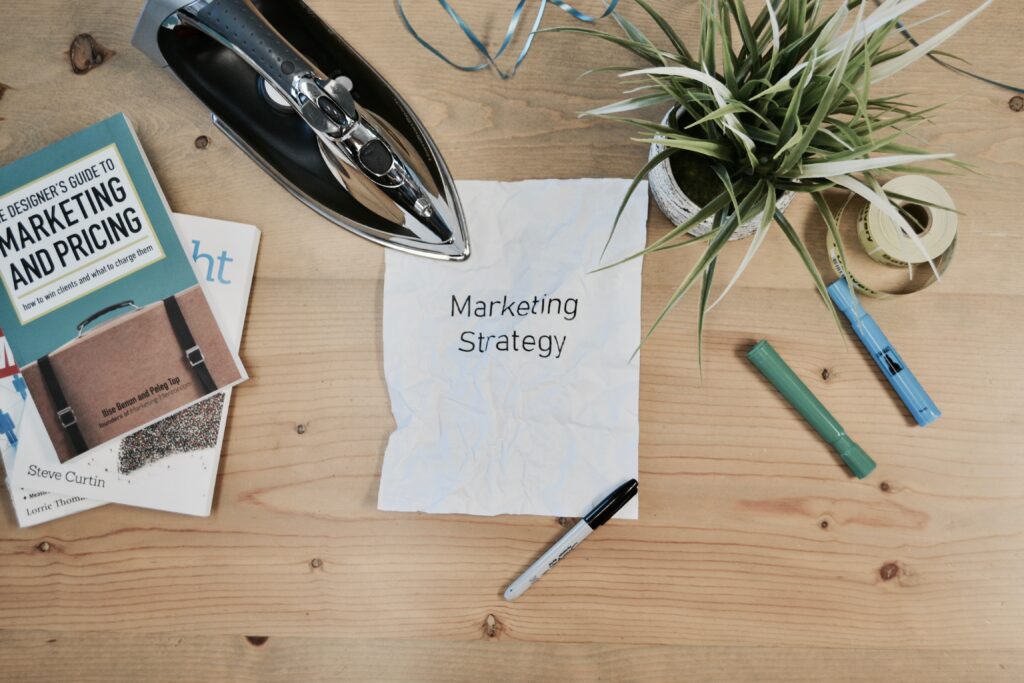Product-led growth (PLG) is a customer acquisition strategy that is becoming increasingly popular among B2B SaaS companies. Rather than relying on salespeople to sell a product, PLG is centered around the product itself, with the aim of creating a seamless user experience that encourages adoption, usage, and, eventually, expansion of the product.
In this blog post, we’ll look closer at the principles of product-led growth, its benefits, and how B2B SaaS companies can implement it.
What is product-led growth?
Product-led growth is a customer acquisition model that prioritizes the product experience. It is focused on building a product that is intuitive, user-friendly, and solves a real problem for the user. By prioritizing the product experience, companies can attract and retain more customers, leading to organic growth and increased revenue.
In a product-led growth model, the product is designed to be self-serving, meaning that customers can quickly adopt and start using it without the need for training or extensive onboarding. The product should be intuitive, with clear instructions and a user-friendly interface that enables users to easily navigate the product and access its features.
What are the benefits of product-led growth?
- Faster customer acquisition: With a product-led growth strategy, the product is the primary driver of customer acquisition. This means that companies can acquire new customers faster than traditional sales-driven models, as the product itself is a powerful marketing tool.
- Improved user experience: A product-led growth model prioritizes the user experience, resulting in a more intuitive, user-friendly product that encourages adoption and usage. This makes customers happy and increases their likelihood of becoming long-term users and advocates for the product.
- Increased customer loyalty: By creating a product that is easy to use and solves real problems for customers, companies can increase customer loyalty and retention. This can result in a lower churn rate and higher customer lifetime value.
- Increased revenue: A successful product-led growth strategy can result in increased revenue as more customers adopt and expand their usage of the product. This can lead to higher subscription fees, upsells, and cross-sells, among other revenue-generating opportunities.
How can B2B SaaS companies implement a product-led growth strategy?
- Prioritize product design: A product-led growth strategy requires a product that is designed with the user in mind. Companies should prioritize the user experience and design an intuitive, user-friendly product that solves real problems for their target audience.
- Emphasize user onboarding: A seamless onboarding experience is crucial in a product-led growth model. Companies should prioritize onboarding and make it easy for customers to adopt and start using the product.
- Use data to inform decisions: Data should be at the core of a product-led growth strategy. Companies should use data to inform product decisions, measure user behavior, and track key performance indicators (KPIs) to optimize the product experience.
- Encourage user feedback: User feedback is critical in a product-led growth strategy. Companies should create opportunities for users to provide feedback and use that feedback to improve the product experience.
- Leverage viral loops: A viral loop is a process where users refer new users to a product, resulting in exponential growth. B2B SaaS companies should leverage viral loops by incentivizing users to refer new users to the product.
Product-led growth is a powerful strategy for B2B SaaS companies looking to attract and retain customers, increase revenue, and drive organic growth. By prioritizing the product experience, companies can create a self-serving product that encourages adoption, usage, and expansion. By implementing the principles of product-led growth, B2B SaaS companies can create a competitive advantage in their market and drive sustainable growth.
Overall, a product-led growth strategy requires a shift in mindset from traditional sales-driven models to a focus on the product experience. By designing an intuitive, user-friendly product that solves real customer problems, companies can attract and retain more customers, leading to increased revenue and organic growth.
B2B SaaS companies should prioritize product design, emphasize user onboarding, use data to inform decisions, encourage user feedback, and leverage viral loops to implement a successful product-led growth strategy. With a product-led growth model in place, B2B SaaS companies can create a competitive advantage, drive sustainable growth, and, ultimately, become industry leaders.



